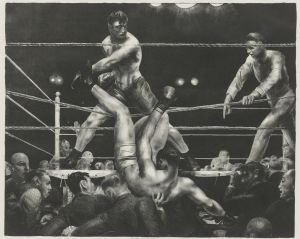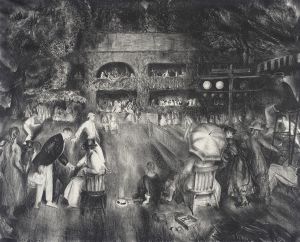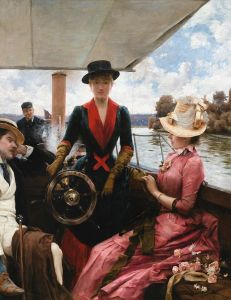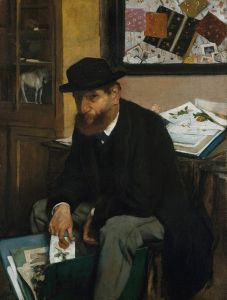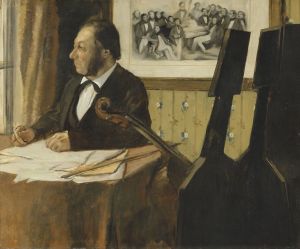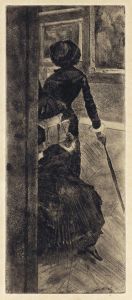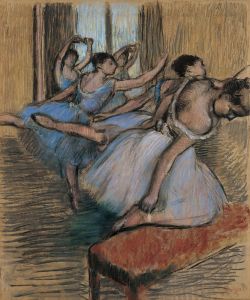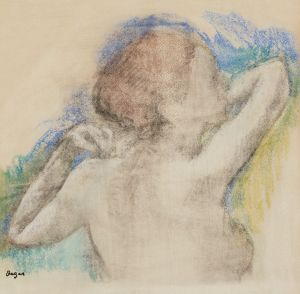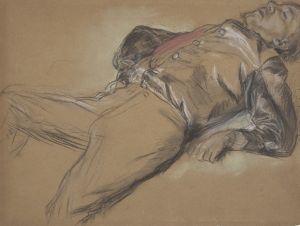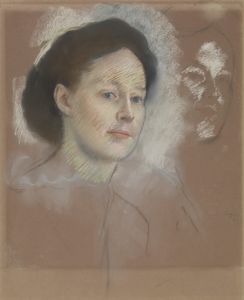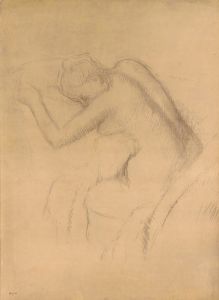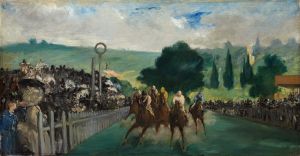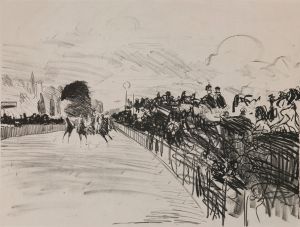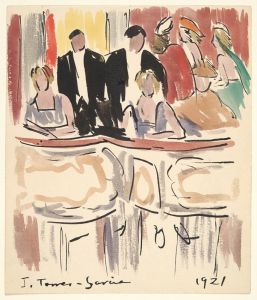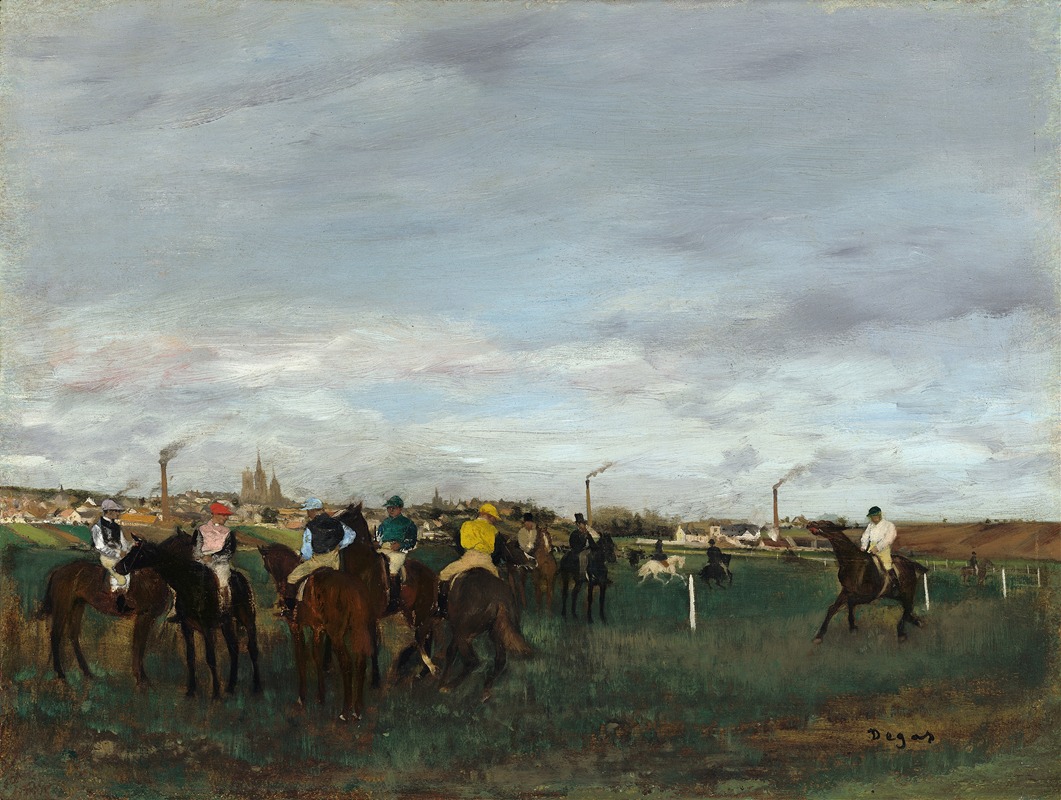
The Races
A hand-painted replica of Edgar Degas’s masterpiece The Races, meticulously crafted by professional artists to capture the true essence of the original. Each piece is created with museum-quality canvas and rare mineral pigments, carefully painted by experienced artists with delicate brushstrokes and rich, layered colors to perfectly recreate the texture of the original artwork. Unlike machine-printed reproductions, this hand-painted version brings the painting to life, infused with the artist’s emotions and skill in every stroke. Whether for personal collection or home decoration, it instantly elevates the artistic atmosphere of any space.
"The Races" is a series of paintings and pastels by the French artist Edgar Degas, created primarily in the 1860s and 1870s. Degas, a prominent figure in the Impressionist movement, is renowned for his depictions of contemporary life, particularly scenes of ballet dancers, women at their toilette, and horse racing. "The Races" series exemplifies his fascination with the dynamism and elegance of equestrian sports.
Degas was deeply influenced by the works of earlier artists such as Théodore Géricault and Eugène Delacroix, who also depicted horses and racing scenes. However, Degas brought a unique perspective to the genre, focusing on the movement and anatomy of the horses, as well as the atmosphere of the racecourse. His works often capture the moments before or after the race, emphasizing the anticipation and tension of the event.
One of the most notable pieces in this series is "Racehorses at Longchamp," painted in 1873. This work showcases Degas's skill in rendering the fluid motion of the horses and the jockeys' postures. The painting is characterized by its dynamic composition, with horses and riders depicted in various stages of movement, creating a sense of immediacy and excitement. Degas's use of light and shadow, as well as his attention to detail, enhances the realism of the scene.
Degas's technique in these works often involved a combination of oil paint and pastel, allowing him to achieve a rich texture and depth of color. He frequently employed a muted palette, with earthy tones dominating the compositions, which adds to the naturalistic feel of the scenes. His brushwork varies from precise and detailed in the depiction of the horses to more loose and expressive in the background, creating a contrast that draws the viewer's eye to the main subjects.
In addition to his paintings, Degas produced numerous studies and sketches of horses and jockeys, demonstrating his dedication to understanding the anatomy and movement of his subjects. These preparatory works reveal his meticulous approach to capturing the essence of the racecourse environment.
"The Races" series not only highlights Degas's technical prowess but also reflects his interest in modern life and leisure activities. Horse racing was a popular pastime in 19th-century France, and Degas's works provide a glimpse into this aspect of contemporary culture. His paintings and pastels convey the excitement and energy of the races, as well as the elegance and grace of the horses and their riders.
Overall, "The Races" by Edgar Degas is a significant body of work that showcases the artist's ability to capture movement and atmosphere with remarkable skill. These pieces remain celebrated for their dynamic compositions, attention to detail, and the insight they offer into the world of 19th-century horse racing.





